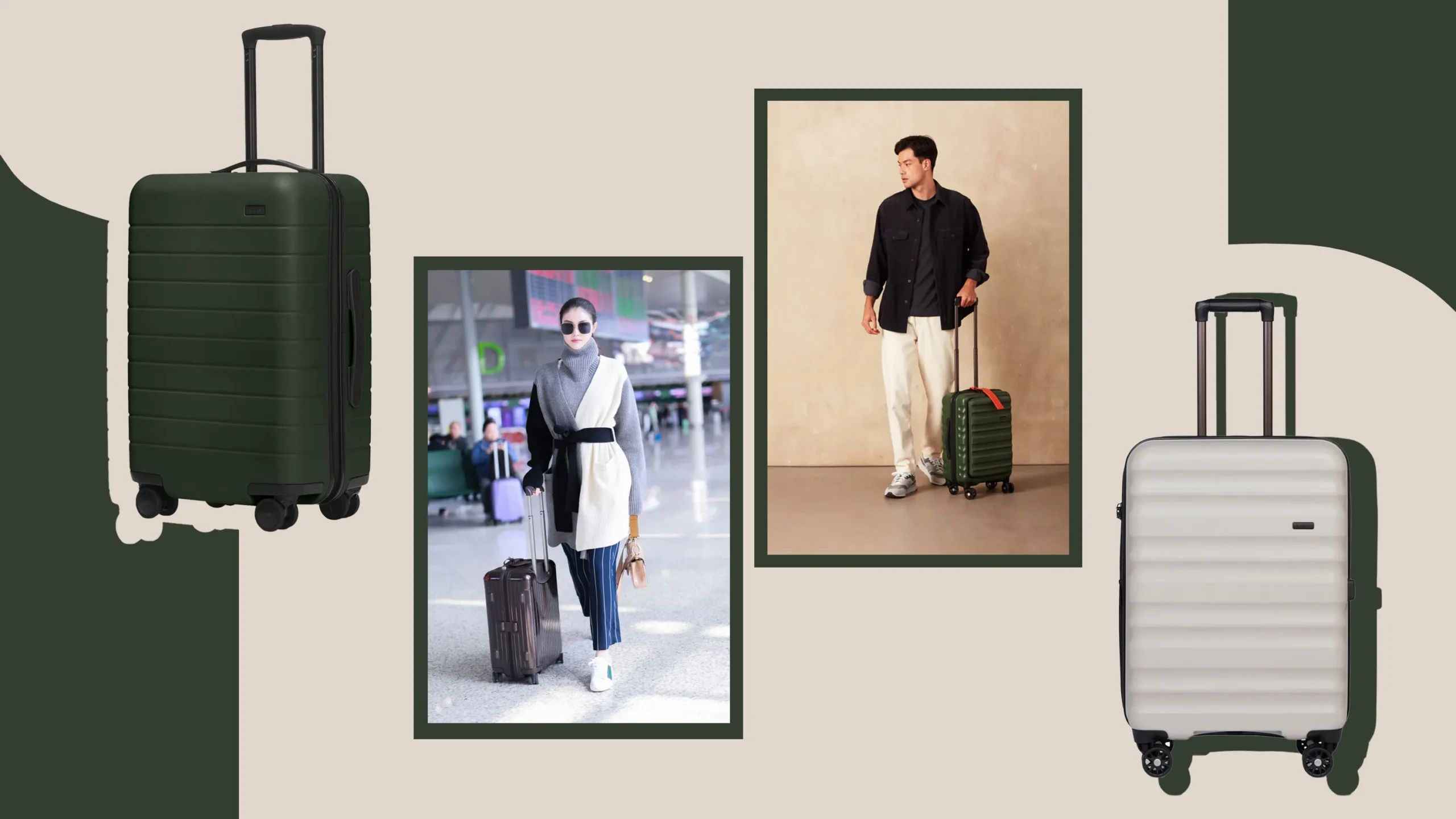Navigating Luggage Dimensions: A Comprehensive Guide for Smart Travelers

Choosing the right luggage for your travels can be a daunting task, especially when it comes to understanding the various dimensions and regulations. Whether you’re a frequent flyer or a casual vacationer, getting familiar with luggage dimensions is essential for a smooth travel experience. This guide will help you navigate the world of luggage sizes, ensuring you select the perfect bag for your needs while adhering to airline regulations.
The Importance of Understanding Luggage Dimensions
Table of Contents
Toggle1. Avoiding Extra Fees
Airlines have specific restrictions on luggage dimensions, and exceeding these limits can result in additional fees. By understanding and adhering to the size requirements, you can avoid unexpected charges and ensure a hassle-free airport experience.
2. Maximizing Packing Efficiency
The right luggage dimensions allow you to pack efficiently without overloading or under-packing. A well-sized suitcase or bag ensures you have enough space for your belongings while remaining manageable and easy to handle.
3. Enhancing Travel Comfort
Traveling with the correct luggage size contributes to a more comfortable journey. Whether you’re maneuvering through airport terminals or fitting your bag into tight spaces, the right dimensions make the travel process smoother and less stressful.
Types of Luggage and Their Dimensions
1. Carry-On Luggage
Carry-on luggage is designed to fit in the overhead compartments of airplanes and is ideal for short trips or as an additional bag for longer journeys. The standard dimensions for carry-on luggage are:
- Typical Dimensions: 22 x 14 x 9 inches (56 x 36 x 23 cm)
- Capacity: 40-50 liters
Carry-on bags are subject to airline regulations, which can vary slightly by carrier. It’s important to check the specific dimensions allowed by your airline to ensure compliance. Some airlines are stricter than others, and adhering to their guidelines will help you avoid the inconvenience of having to check your bag at the gate.
2. Checked Luggage
Checked luggage is larger and is stored in the cargo hold of the airplane. It’s suitable for longer trips or when you need to carry more items. Standard dimensions for checked luggage are:
- Typical Dimensions: 27 x 18 x 10 inches (68 x 45 x 25 cm)
- Capacity: 60-100 liters
Checked luggage allows for more packing space but be mindful of weight limits as well. Most airlines have a maximum weight allowance, typically between 50-70 pounds (23-32 kg). Exceeding this limit can result in extra fees or the need to repack.
3. Personal Items
Personal items are smaller bags that you can carry in addition to your carry-on luggage. These include items like backpacks, briefcases, or tote bags. The dimensions for personal items are generally:
- Typical Dimensions: 17 x 10 x 8 inches (43 x 25 x 20 cm)
Personal items should fit under the seat in front of you, making them easily accessible during the flight. Ensure that your personal item adheres to the airline’s size restrictions to avoid complications.
4. Duffel Bags
Duffel bags are versatile and often used for sports or casual travel. Their dimensions can vary widely based on the design and intended use:
- Typical Dimensions: 24 x 12 x 12 inches (61 x 30 x 30 cm)
- Capacity: 40-70 liters
Duffel bags are flexible and can expand to accommodate more items, but it’s still important to check the size limits imposed by airlines if you plan to use them as carry-on or checked luggage.
5. Garment Bags
Garment bags are designed to keep clothes wrinkle-free and are commonly used for business trips. Their dimensions typically include:
- Typical Dimensions: 22 x 42 inches (56 x 107 cm)
Garment bags are usually foldable and can be carried on or checked, depending on their size and the airline’s regulations.
Tips for Choosing the Right Luggage
1. Check Airline Regulations
Different airlines have different policies regarding luggage dimensions and weight. Always check the specific regulations of the airline you’re flying with to ensure your luggage meets their requirements. This will help you avoid unexpected fees and delays.
2. Consider Your Travel Needs
Think about the length of your trip and the type of activities you’ll be doing. For short trips, a carry-on might suffice, while longer journeys may require checked luggage. Also, consider if you need additional compartments or features, such as a laptop sleeve or expandable sections.
3. Invest in Quality
Investing in high-quality luggage can make a significant difference in your travel experience. Durable materials, smooth-rolling wheels, and sturdy handles enhance convenience and longevity. A good-quality bag will withstand the rigors of travel and provide better protection for your belongings.
4. Test the Fit
Before purchasing or packing your luggage, test its fit in overhead compartments or check-in counters. Ensure that it meets the dimensions and weight limits specified by your airline. A well-fitting bag will reduce the chances of it being rejected or requiring repacking.
Conclusion
Understanding luggage dimensions is crucial for a stress-free travel experience. By choosing the right size for your needs and adhering to airline regulations, you can avoid extra fees, pack efficiently, and enjoy a more comfortable journey. Whether you’re traveling for business or pleasure, the right luggage will enhance your travel experience and ensure that you arrive at your destination with everything you need.













Post Comment